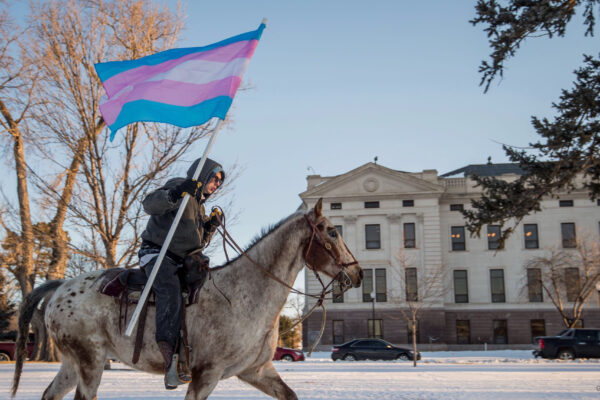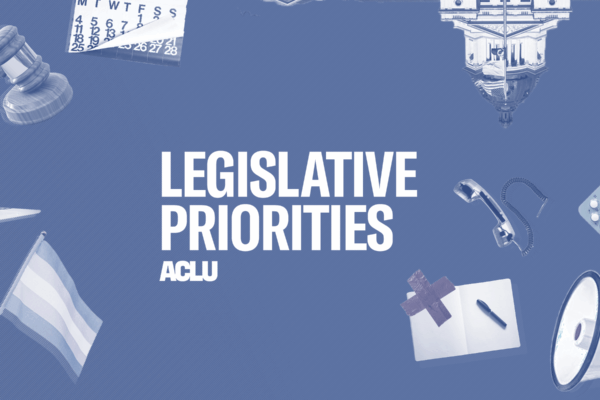South Dakota lawmakers have zeroed in on inclusive sports with Senate Bill 46 which would make it harder for trans and gender nonconforming South Dakotans to participate in athletics.
Legislators supporting this bill are actively defying medical experts, sports associations like the NCAA and the International Olympic Committee, and school administrators all over the country—all of whom say that the policy proposed by this bill is harmful and unnecessary.
Though we are prepared to fight in the legislature to defend trans rights, it will take more than legislative action. It will require rooting out the inaccurate and harmful beliefs underlying these policies. Below, we debunk four myths about trans athletes using the expertise of doctors, academics, and sports psychologists who are experts on the topic.
FACT: Including trans athletes will benefit everyone.
MYTH: The participation of trans athletes hurts cis women.
- Many who oppose the inclusion of trans athletes erroneously claim that allowing trans athletes to compete will harm cisgender women. This divide and conquer tactic gets it exactly wrong. Excluding women who are trans hurts all women. It invites gender policing that could subject any woman to invasive tests or accusations of being “too masculine” or “too good” at their sport to be a “real” woman.
- Further, this myth reinforces stereotypes that those who identify as women are weak and in need of protection. Politicians have used the “protection” trope time and time again, including in 2016 when they tried banning trans people from public restrooms by creating the debunked “bathroom predator” myth. The real motive is never about protection — it’s about excluding trans people from yet another public space.
The arena of sports is no different.
FACT: Trans athletes do not have an unfair advantage in sports.
MYTH: Trans athletes’ physiological characteristics provide an unfair advantage over cis athletes.
- Women and girls who are trans face discrimination and violence that makes it difficult to remain in school. According to the U.S. Trans Survey, 22 percent of trans women who were perceived as trans in school were harassed so badly they had to leave school because of it. Another 10 percent were kicked out of school. The idea that women and girls have an advantage because they are trans ignores the actual conditions of their lives.
Trans athletes vary in athletic ability just like cisgender athletes.
FACT: Trans girls are girls.
MYTH: Sex is binary, apparent at birth, and identifiable through singular biological characteristics.
- Girls who are trans are told repeatedly that they are not “real” girls and boys who are trans are told they are not “real” boys. Non-binary people are told that their gender is not real and that they must be either boys or girls. None of these statements are true. Trans people are exactly who we say we are.
- There is no one way for women’s bodies to be. Women, including women who are transgender, intersex, or disabled, have a range of different physical characteristics.
- Many people who are not trans can have hormones levels outside of the range considered typical of a cis person of their assigned sex.
- When a person does not identify with the sex they were assigned at birth, they must be able to transition socially — and that includes participating in sports consistent with their gender identity.
FACT: Trans people belong on the same teams as other students.
MYTH: Trans students need separate teams.
- Trans people have the same right to play sports as anybody else and acutely excluding trans people from any space or activity is harmful, particularly for trans youth.
- Believing and perpetuating myths and misconceptions about trans athletes is harmful.
- Denying trans South Dakotans the right to participate is discrimination and it doesn’t just hurt trans people, it hurts all of us.




